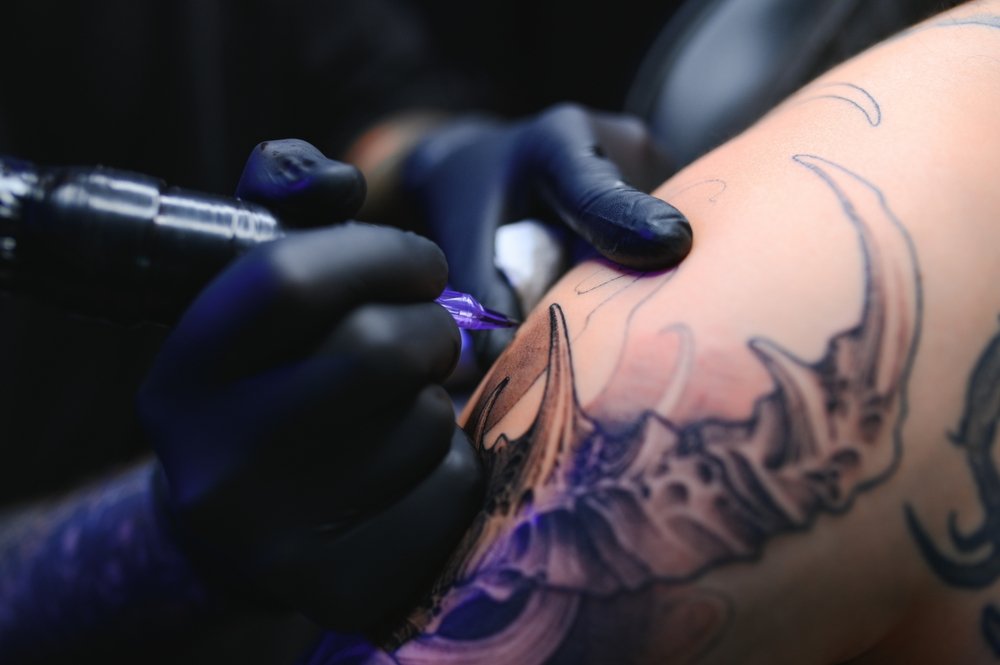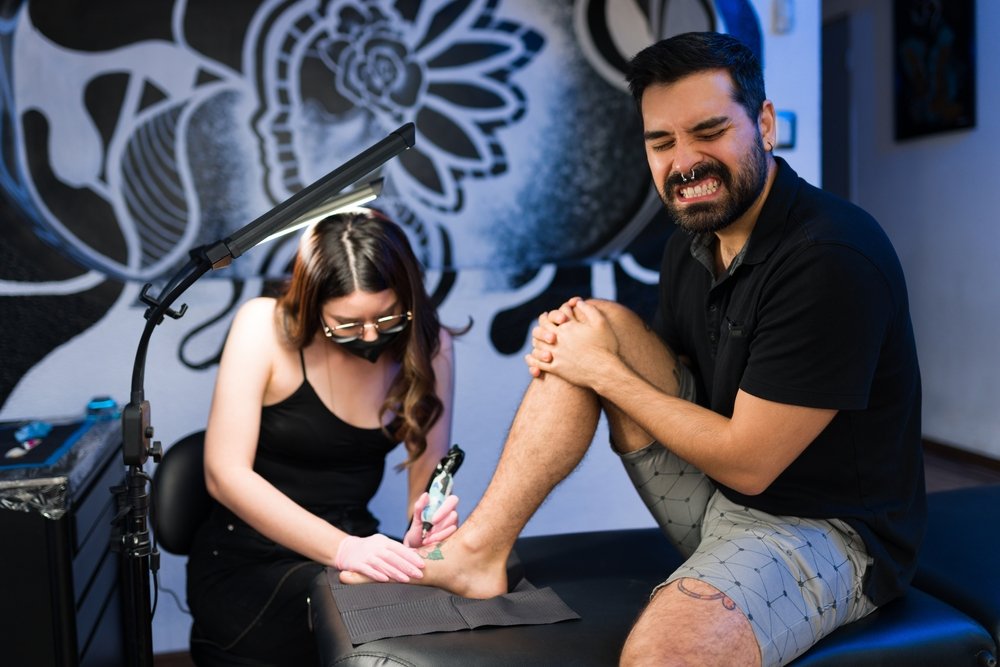Getting a tattoo is an exciting experience, but your journey doesn’t end when you leave the tattoo studio. Proper aftercare is crucial to ensure your tattoo heals well and retains its vibrant appearance. This detailed guide will walk you through every step of the tattoo aftercare process, providing you with the knowledge you need to keep your new ink looking fresh and beautiful for years to come.
Why Tattoo Aftercare Is Important
Tattoo aftercare is essential for several reasons:
- Prevents Infection: Your new tattoo is essentially an open wound, making it susceptible to infections if not properly cared for.
- Promotes Healing: Proper aftercare ensures that your tattoo heals efficiently, reducing the risk of complications such as scabbing or scarring.
- Preserves Tattoo Quality: By following aftercare instructions, you can prevent fading and other issues that might affect the quality of your tattoo.
The initial impression your blog post makes is crucial, and that’s where your introduction comes into play. Hook your readers with a captivating opening that sparks curiosity or emotion. Address their pain points or questions to establish a connection. Outline the purpose of your post and give a sneak peek into what they can expect. A well-crafted introduction sets the tone for an immersive reading experience.
Immediate Aftercare: The First 24 Hours
The first 24 hours after getting a tattoo are critical for setting the stage for proper healing.
- Leave the Bandage On: Your tattoo artist will cover your tattoo with a bandage or cling film to protect it from bacteria and other contaminants. Leave this covering on for at least 2-4 hours unless otherwise instructed by your artist.
- Wash Your Hands: Before touching your tattoo or removing the bandage, thoroughly wash your hands with soap and water to avoid introducing bacteria.
- Gently Clean the Tattoo: Once you remove the bandage, gently wash the tattooed area with lukewarm water and a mild, fragrance-free soap. Use your fingertips to clean the area, avoiding washcloths or sponges that can be abrasive.
- Pat Dry: After cleaning, gently pat the area dry with a clean, soft towel. Do not rub the tattoo, as this can cause irritation.
- Apply a Thin Layer of Ointment: Apply a thin layer of tattoo-specific ointment or a fragrance-free moisturizer recommended by your tattoo artist. Avoid over-applying, as too much moisture can prevent the tattoo from breathing.
The Healing Process: What to Expect
Your tattoo will go through several stages of healing, each requiring specific care.
- Days 1-3: Redness and Soreness It’s normal for your tattoo to be red, swollen, and tender for the first few days. Continue washing it gently 2-3 times a day and applying a thin layer of ointment.
- Days 4-7: Peeling and Flaking Around day 4, you’ll notice your tattoo starting to peel, similar to a sunburn. This is a normal part of the healing process. Do not pick at the flakes; let them fall off naturally.
- Days 8-14: Itching and Scabbing As your tattoo continues to heal, it may start to scab and itch. Resist the urge to scratch, as this can damage the tattoo and cause scarring. Keep the area moisturized with a fragrance-free lotion to alleviate itching.
- Weeks 3-4: Final Stages of Healing By the third or fourth week, most of the peeling and itching should be over. The tattoo may still appear slightly dull or cloudy, but this will improve as the skin fully heals.
Long-Term Tattoo Care
Even after your tattoo has healed, there are steps you can take to keep it looking vibrant.
- Moisturize Regularly: Keep your skin hydrated by applying a fragrance-free moisturizer daily. This helps maintain the tattoo’s color and prevents the skin from becoming dry and flaky.
- Protect from Sun Exposure: UV rays can cause tattoos to fade over time. Always apply a broad-spectrum sunscreen with at least SPF 30 to your tattoo when exposed to sunlight. This is especially important for color tattoos, which are more prone to fading.
- Avoid Soaking: Even after your tattoo has healed, avoid soaking it in water for prolonged periods. This includes baths, hot tubs, and swimming pools, as extended exposure to water can cause the ink to break down and fade.
- Touch-Ups: Over time, tattoos may require touch-ups to maintain their original appearance. This is normal, especially for tattoos in areas prone to friction or stretching. Consult your tattoo artist about when a touch-up might be necessary.
Common Tattoo Aftercare Mistakes to Avoid
- Over-Moisturizing: Applying too much ointment or lotion can clog pores and trap bacteria, leading to infections or breakouts.
- Scratching or Picking: Scratching an itchy tattoo or picking at scabs can cause scarring and damage the ink, resulting in uneven healing.
- Using Scented Products: Avoid using products with fragrances or alcohol, as these can irritate the skin and prolong the healing process.
- Ignoring Signs of Infection: If you notice excessive redness, swelling, pus, or an unusual odor, contact your tattoo artist or a healthcare professional immediately. These could be signs of an infection that requires prompt attention.
Conclusion
Tattoo aftercare is a crucial step in ensuring your new ink heals properly and maintains its vibrant appearance. By following the steps outlined in this guide, you can protect your investment and enjoy your tattoo for years to come. Remember, each person’s skin heals differently, so always consult with your tattoo artist for personalized aftercare advice.




